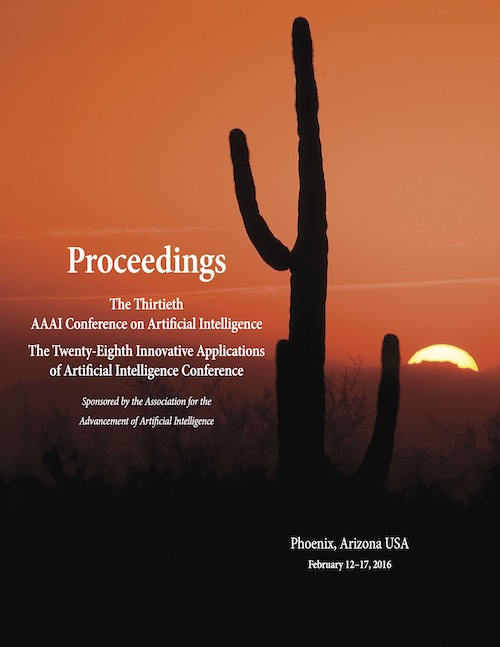Learning to Branch in Mixed Integer Programming
DOI:
https://doi.org/10.1609/aaai.v30i1.10080Keywords:
Discrete Optimization, Search, Branch and Bound, Branching, Mixed Integer Programming, Heuristic Search, Learning to RankAbstract
The design of strategies for branching in Mixed Integer Programming (MIP) is guided by cycles of parameter tuning and offline experimentation on an extremely heterogeneous testbed, using the average performance. Once devised, these strategies (and their parameter settings) are essentially input-agnostic. To address these issues, we propose a machine learning (ML) framework for variable branching in MIP.Our method observes the decisions made by Strong Branching (SB), a time-consuming strategy that produces small search trees, collecting features that characterize the candidate branching variables at each node of the tree. Based on the collected data, we learn an easy-to-evaluate surrogate function that mimics the SB strategy, by means of solving a learning-to-rank problem, common in ML. The learned ranking function is then used for branching. The learning is instance-specific, and is performed on-the-fly while executing a branch-and-bound search to solve the MIP instance. Experiments on benchmark instances indicate that our method produces significantly smaller search trees than existing heuristics, and is competitive with a state-of-the-art commercial solver.

